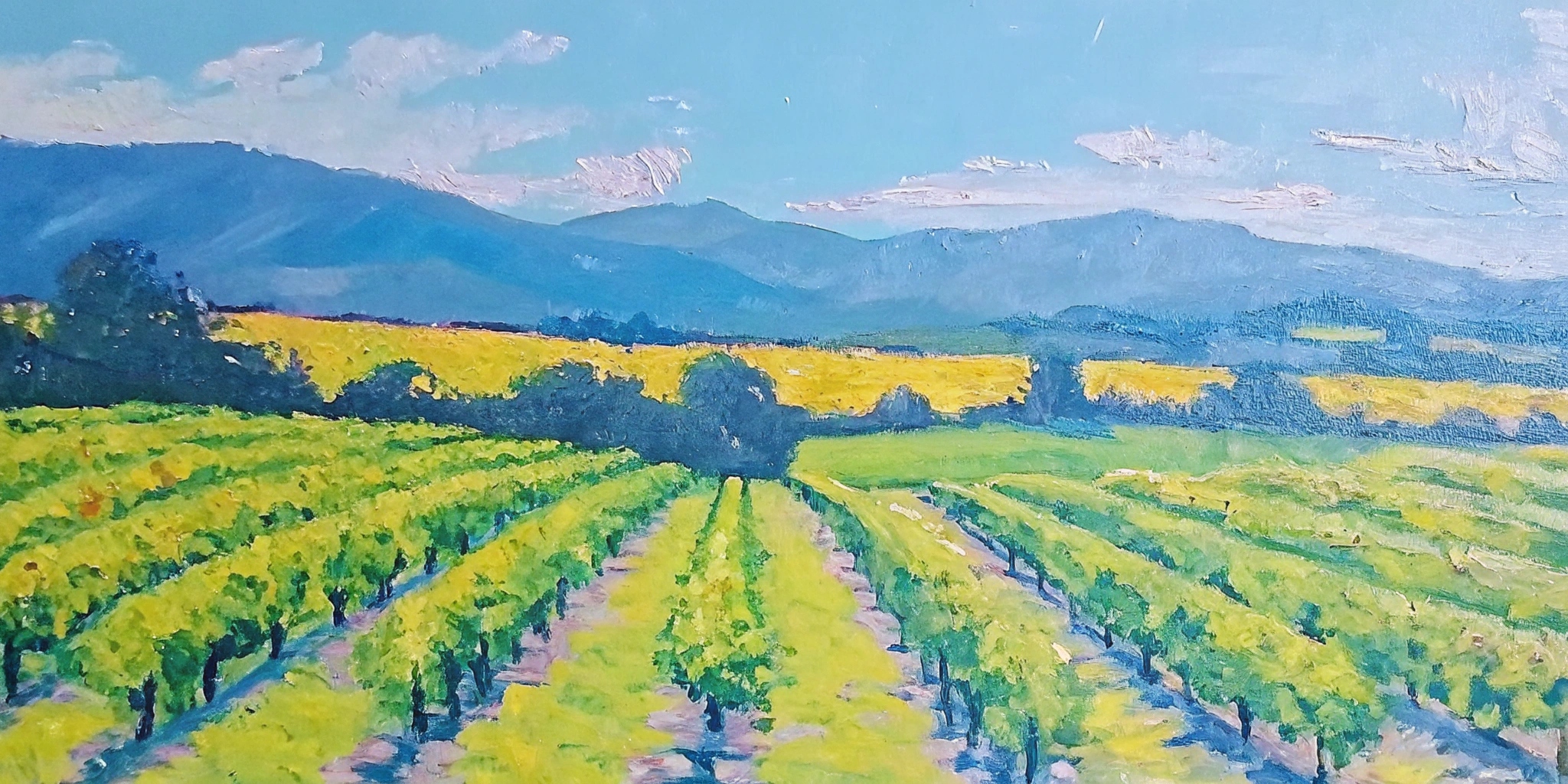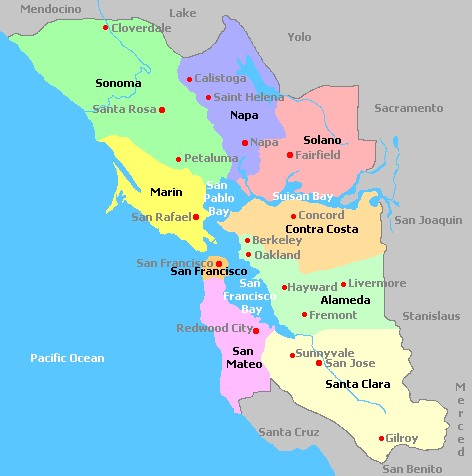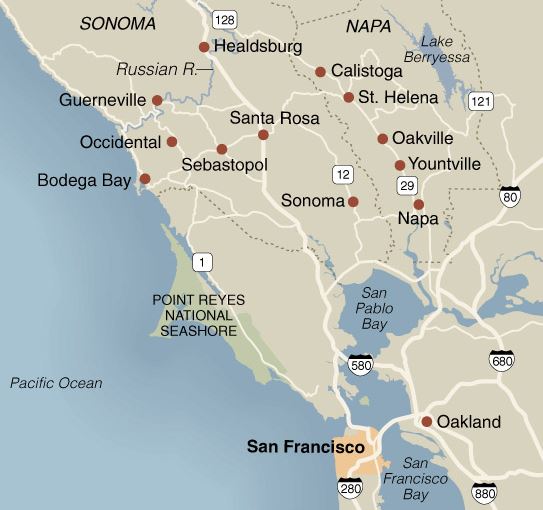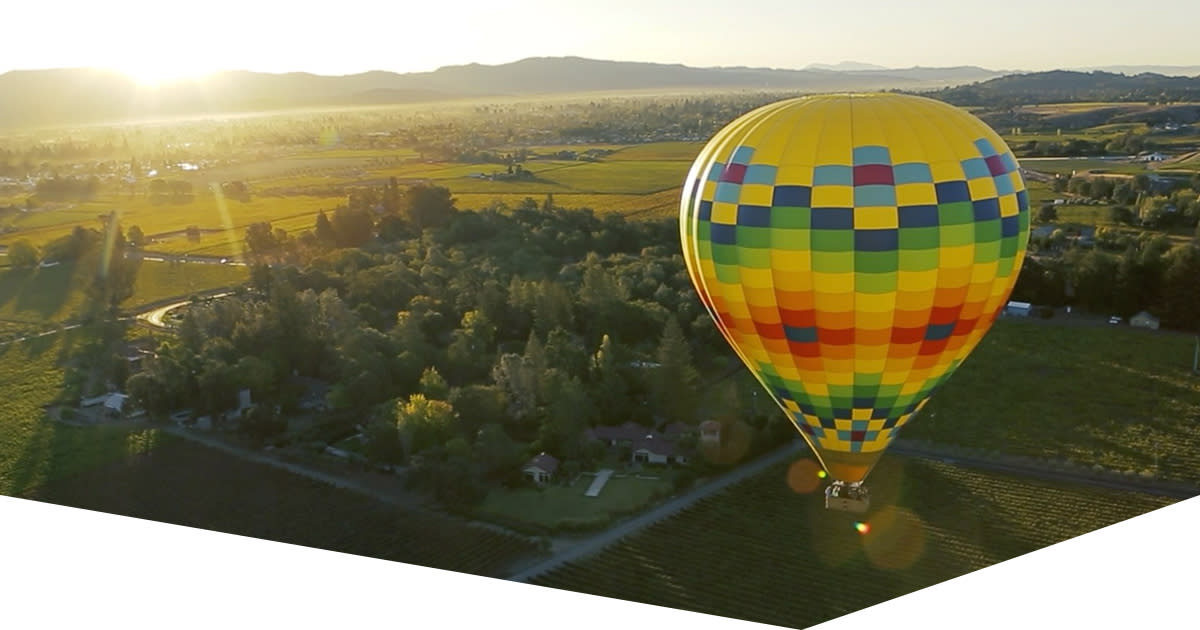A glass of wine is not merely a vessel for alcohol; it encapsulates the sunshine, winds, and the essence of the land, along with the sweat and dedication of the people who cultivate it. The crisp sound of clinking glasses, the flowing crimson hues, and the deep, fragrant aromas that dance in the air—sipping wine is akin to savoring a secret story. Why not escape the bustling streets of San Francisco for a moment and embark on a journey to a place brimming with these special tales? Welcome to the heart of world-class wine, Napa Valley.
Just an hour north of San Francisco, crossing the Golden Gate Bridge, you enter a realm entirely different from the city. Endless vineyards stretch across the landscape, dotted with beautiful wineries like precious gems. Today, we will explore all that Napa Valley has to offer, a place as luscious and captivating as the sun-kissed grapes of California.

1. A Historical Beginning: The Origins of Napa Valley
How did Napa Valley, renowned for its wine, come to be? The roots trace back to the early 19th century with Spanish missionaries. These priests, who established missions in California, began planting grapevines to produce wine for religious ceremonies. This marked the first page in the history of California wine.
Commercial grape cultivation in Napa Valley truly began in 1839 when George Calvert Yount received land from the Mexican government and planted grapevines. The town named after him, Yountville, is now famous as the culinary heart of Napa Valley. Following the Gold Rush, waves of people flocked to California, including European immigrants—particularly those from Germany, France, and Italy—who brought with them extensive knowledge and experience in winemaking. Pioneers like Charles Krug and Jacob Beringer discovered Napa Valley’s potential during this time and began crafting wines that would stand the test of time.


In the United States, regions designated for wine production are known as American Viticultural Areas (AVA). This system helps distinguish the quality and characteristics of wines based on the geographical traits of specific areas. Currently, there are 276 approved AVAs in the U.S., with California boasting the highest number at 154.
The San Francisco Bay Area includes 37 AVAs, home to globally renowned wine regions like Napa Valley and Sonoma Valley, where unique wines are produced thanks to the area’s climate and soil characteristics.
2. The Birth of a Legend: The Judgment of Paris and the Miracle of Napa Valley
For a time, Napa Valley was overshadowed by European wines as a nascent wine region. However, in 1976, a historic event changed everything: the legendary blind tasting known as The Judgment of Paris.
In Paris, the self-proclaimed capital of wine, a showdown occurred between the finest French wines and those from the emerging Napa Valley. With esteemed French wine experts as judges, Napa Valley’s wines unexpectedly triumphed, taking first place in both the red wine (Cabernet Sauvignon) and white wine (Chardonnay) categories. This shocking outcome sent ripples through the wine industry, catapulting Napa Valley to international acclaim as a premier wine region. It was a dramatic tale, akin to an unknown actor becoming a global star overnight. Today, the many exquisite wines we encounter in Napa Valley are born from this pride and history.
3. A Paradise for Wine Lovers: Exploring Napa Valley
Napa Valley, true to its name, is a long valley nestled between two mountain ranges: the Mayacamas to the west and the Vaca Mountains to the east. Stretching approximately 50 kilometers from the city of Napa in the south to Calistoga in the north, over 400 wineries are beautifully scattered throughout the region.
Two Roads, Two Charms: The most common way to explore Napa Valley is via Highway 29, which runs through the heart of the valley, and the Silverado Trail, which parallels it to the east. Highway 29 is bustling with famous wineries, restaurants, and shops, while Silverado Trail offers a more tranquil drive, perfect for discovering hidden wineries at a leisurely pace.
Diverse Wineries: From rustic wineries housed in converted barns to grand estates reminiscent of French châteaux (like Castello di Amorosa), and modern architectural marvels that resemble art galleries, Napa Valley is home to wineries with unique personalities and philosophies.
More Than Just Wine: Napa Valley is also celebrated for its world-class culinary experiences. Michelin-starred restaurants, including The French Laundry, offer exquisite dishes crafted from fresh, local ingredients. Additionally, visitors can enjoy hot air balloon rides over the vineyards at dawn, bike rides through the valley, or indulge in rejuvenating treatments at luxury spas.
For more information about Napa Valley, several official websites provide a wealth of resources:
- Visit Napa Valley: https://www.visitnapavalley.com/ – Offers information on wineries, restaurants, accommodations, and travel itineraries.
- Napa Valley Vintners: https://www.napavintners.com/ – The official site for Napa Valley’s wine industry, featuring information on producers, wineries, and wine-related events.
- Napa County Official Website: https://www.countyofnapa.org/ – Provides government-related information, local news, and public services.

4. Napa Valley vs. Sonoma Valley: A Comparison of Two Neighboring Giants
Just west of Napa Valley lies Sonoma Valley, another world-renowned wine region. When discussing the wine country north of San Francisco, these two areas are inseparable. While they are close in proximity, each boasts its own unique charm.
| Category | Napa Valley | Sonoma Valley |
|---|---|---|
| Atmosphere | Glamorous and luxurious, home to many world-renowned wineries | Rustic and relaxed, featuring many family-owned, unique wineries |
| Key Varietals | Kingdom of Cabernet Sauvignon | Diverse varietals including Pinot Noir, Chardonnay, and Zinfandel |
| Size & Terrain | Relatively narrow and long valley with concentrated vineyards | Much larger with diverse terrains (coast, valleys, plains) |
| Travel Style | Ideal for travelers seeking gourmet experiences and luxury wines | Perfect for those wanting to explore a variety of wines in a casual, comfortable setting |
| Cost | Generally higher tasting fees, accommodation, and dining costs | Easier to find reasonably priced wineries, accommodations, and restaurants |
Of course, this is a general comparison, and within each valley, there are a wide variety of winery styles. However, one could say that Napa Valley resembles a “refined urban gentleman,” while Sonoma Valley embodies the charm of a “comfortable and warm rural farmer.”

Leave a Reply